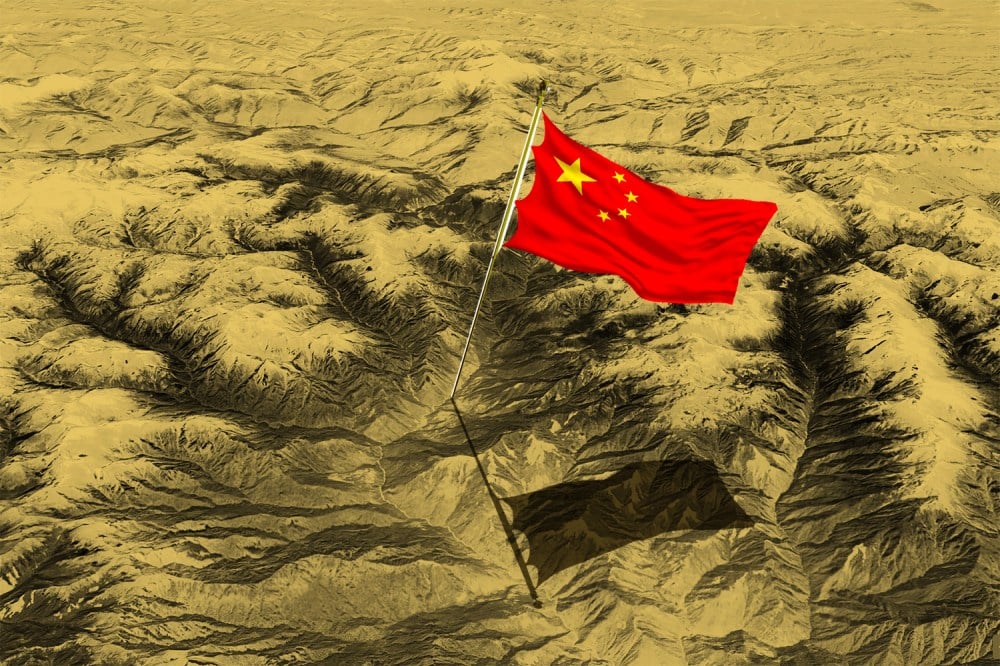Summarizing -
China has constructed new roads, a small hydropower station, two Communist Party administrative centers, a communications base, a disaster relief warehouse in the Lhuntse district of Northern Bhutan, as per a Foreign Policy report. | OpIndia News

www.opindia.com
Since 2015, a previously unnoticed network of roads, buildings, and military outposts has been constructed deep in a sacred valley in Bhutan.

foreignpolicy.com
China slowly engulfing parts of Bhutan, wants strategic advantage against India: Report
China has been pushing Bhutan to open full relations with China that would allow it to have a diplomatic presence in Thimphu, which won't be a good move for India's influence in Bhutan.
China has been developing the 232-square-mile area with settlers, security personnel, and military infrastructure originally belonging to Bhutan. The new construction commenced under President Xi Jinping’s significant drive to out-maneuver India and its neighbors along Himalayan frontiers. The occupation of the land is aimed at pressuring the Bhutanese government to surrender territory that China wants elsewhere in Bhutan to gain military in the struggle with India.
So far, China has constructed 66 miles of new
roads, a small hydropower station, two Communist Party administrative centers, a communications base, a disaster relief warehouse, five military or police outposts, and what is believed to be a major signals tower, a satellite receiving station, a military base, and up to six security sites and outposts that China has constructed. China says they are parts of Lhodrak in the TAR but which in fact are in the far north of Bhutan according to the
report published by Foreign policy.
View attachment 91653
View attachment 91654
View attachment 91655
View attachment 91651
View attachment 91652
View attachment 91656
View attachment 91657
View attachment 91658
View attachment 91661
View attachment 91663
For above pic -
Yellow - Border relocation villages
Red - Confirmed Chinese security outposts
Grey - Possible Chinese security sites
Please read the full foreign policy article.




